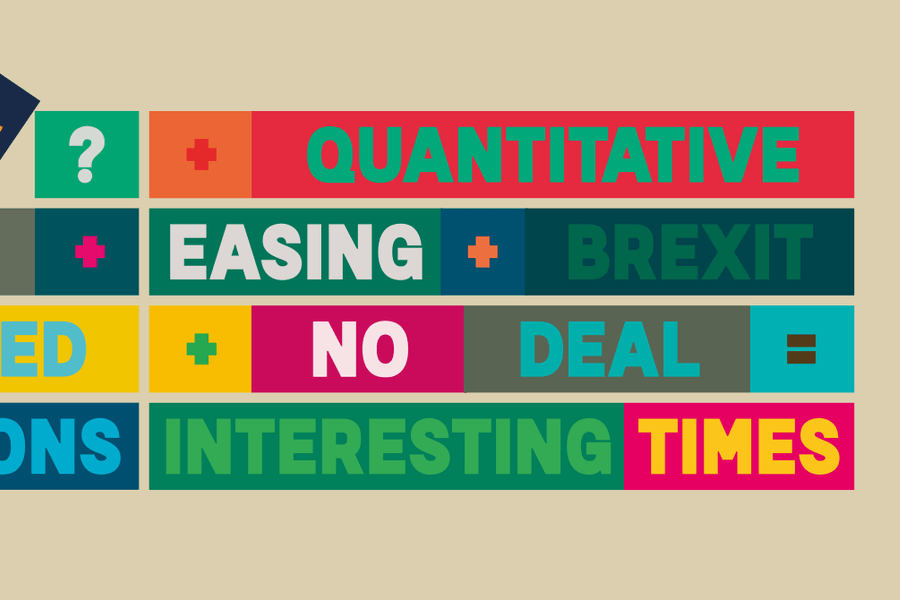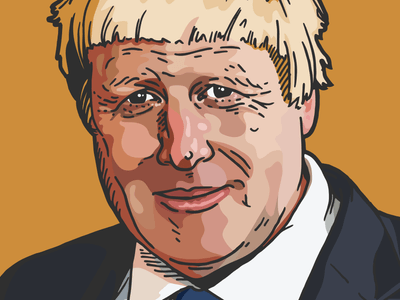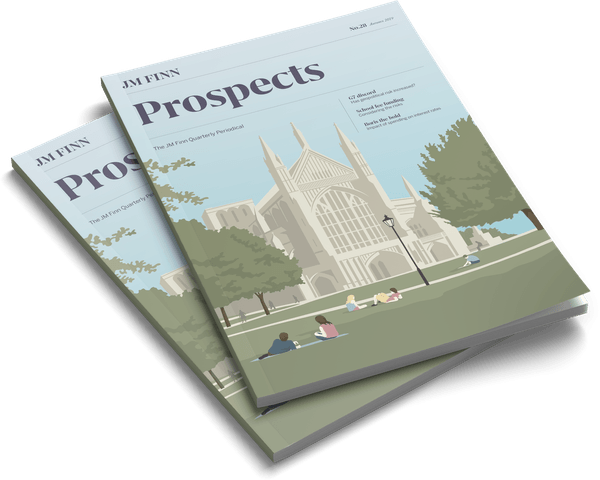Some thirteen years ago, having left the bank that had taken over the firm for which I had worked, I broadened my reading to take in research from a wide variety of new (to me) sources. One Swiss investment bank introduced me to an investment classification I had not come across before – Sub-Prime. In the context in which this research was written, Sub-Prime referred to mortgages in America. Put simply, a sub-prime mortgage meant there was a real risk the borrower would at some stage be unable to meet interest or repayment obligations. At the end of 2006 two US sub-prime lenders went bust. So alarmed was I by this news, I sold a fair chunk of my equity portfolio. As it happened, I was at least six months, and arguably more than double that, early.
In 2007 we had the banking crisis, but it was not until a year later that things started to get really nasty when Lehman Brothers folded and a full blown global financial crisis developed. At the heart of this maelstrom was sub-prime mortgages which had been packaged into what were known as Collateralised Debt Obligations (another new term for me), or CDOs. These had been granted high investment grades by the rating agencies but started to fail with alarming regularity, bringing down many august financial institutions with them.
The Federal Reserve Bank’s response to this crisis was to introduce another term I had not heard before – Quantitative Easing, or QE. Essentially this involved printing money, though there were a number of ways in which this could be achieved. It was far from a new concept. At the end of the last millennium, the then Fed Governor, Alan Greenspan, pumped money into the banking system to head off any disruption caused by the arrival of the 21st Century. As it happened, the feared millennium bug failed to materialise, resulting in much of this cash finding its way into technology shares, thus preparing the ground for the subsequent share collapse.
Such was the success of the Fed’s approach to reversing the economic downturn and restoring stability in the financial sector that other central banks swiftly adopted similar policies and interest rates around the world collapsed to near zero. Concern existed that inflation would be stimulated as a consequence, but it remained muted in the developed world to the point that some administrations actually took measures to stimulate rises in the cost of living.
A further worry developed as the Fed sought to reverse this policy and shrink its massively inflated balance sheet. Would stock markets move into reverse as money became tighter and interest rates rose? There may have been some hiccups, but it seemed as though the system that had been put in place held up well to changing circumstances. Is it any wonder, then, that central banks are looking again to QE as a means of preventing a global recession brought about by the trade wars that are taking place or are threatened?
At the annual central bank forum at Jackson Hole, Wyoming, the Federal Reserve Bank Governor, Jerome Powell, promised to “act as appropriate” to sustain growth. Already interest rate cuts have taken place and President Trump has been vocal in encouraging the Fed to stimulate the economy. Here in the UK, the Bank of England’s Governor, Mark Carney, has promised interest rate cuts if a no-deal Brexit ensues. No doubt other central banks will be weighing their options if a resolution to the trade conflicts cannot be found in fairly short order.
Such a strategy is not without its downside, though. Not only have interest rates been kept low through QE, but sovereign bond yields too are at record low levels. In some cases, like in Germany, these yields are in negative territory. Debt levels around the world are staggeringly high and the buyer of last resort for these bonds is now the central bank. It remains to be seen how much longer this state of affairs can be allowed to continue – or how it might be unwound for that matter.
We are in unchartered waters, the situation at home being further complicated by the Brexit uncertainty. While some form of financial implosion cannot be ruled out, we should take encouragement from the success of the measures taken since 2008 and the greater degree of cooperation that generally exists between governments and central banks. The real risk is that no agreement between the US and China is found and that other trade spats – such as those between Japan and South Korea and potentially between the US and the European Union – escalate. We certainly live in interesting times, as the Chinese might say.




